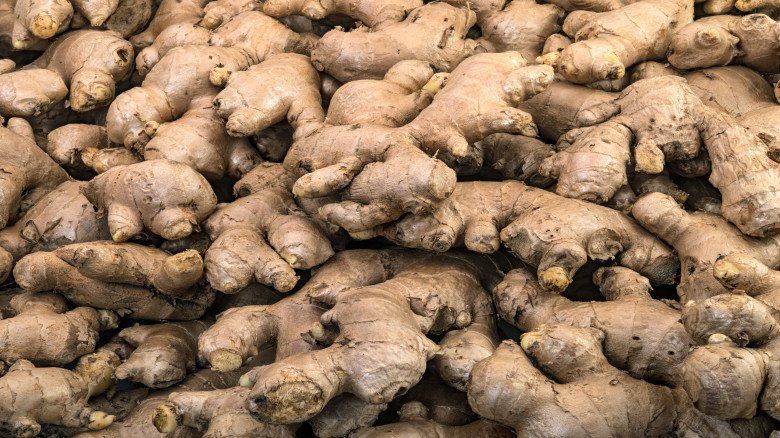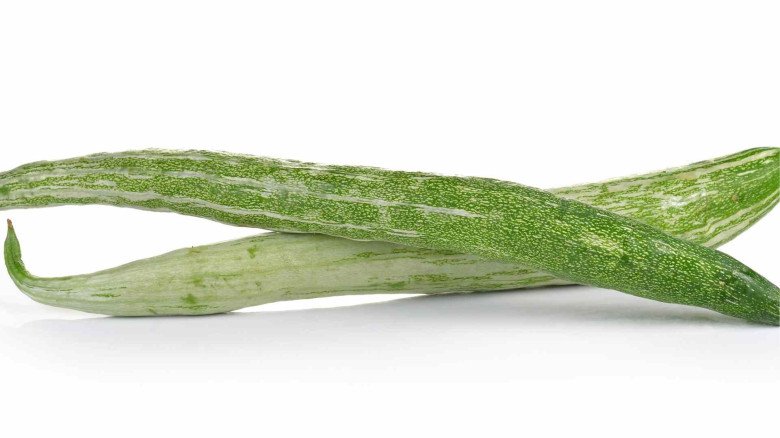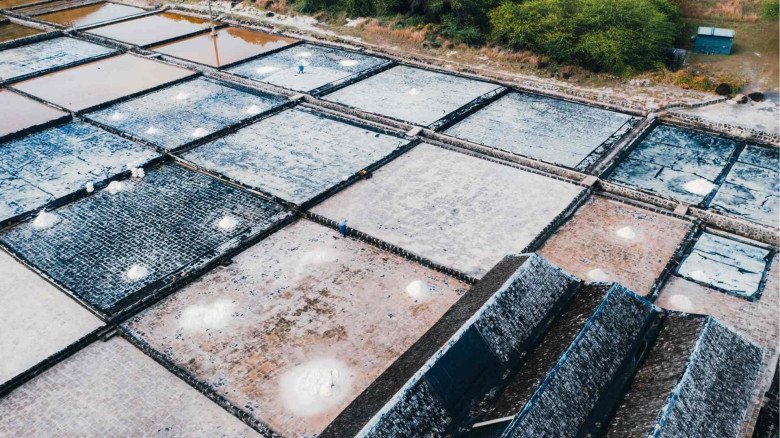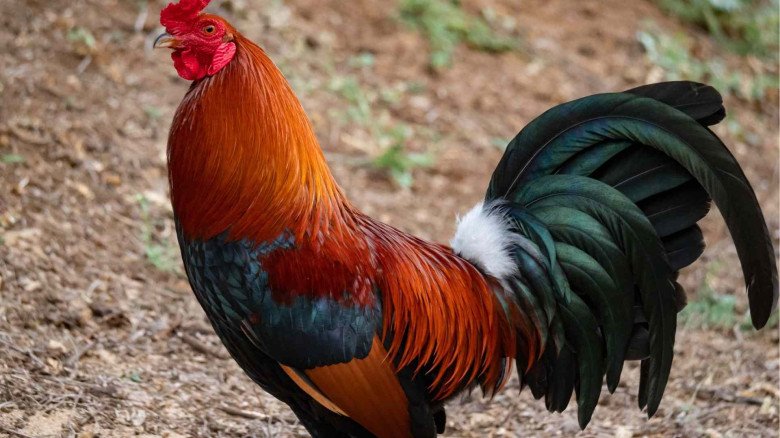How Buzzing Bees Bring Natural Pollination to Greenhouse Crops
Overview
In agriculture, innovation has always been essential to raising crop yield and quality. One such idea that has become quite popular recently is greenhouse farming. Greenhouses provide controlled environments with adjustable temperature, humidity, and light to maximize crop growth. However, one crucial aspect of crop production that greenhouses find difficult to replicate naturally is pollination. In this, the hummingbirds play a part. This blog will discuss the fascinating topic of natural pollination in greenhouse crops and the role that bees play in it.
The Value of Reproductive Activities
Before we talk about bees' role in greenhouse pollination, let's look at the significance of pollination in agriculture. The process of exchanging pollen from the male (stamen) and female (pistil) components of one flower or another is known as pollination. Fruit and seeds grow as a result of the flower being fertilized by this pollen transport. A wide variety of plant species, including many foods that people eat, rely on pollination to reproduce.
Most pollination in nature is done by wind, water, and most importantly, pollinators like bees, butterflies, birds, and bats. These animals are vital to the survival and propagation of several plant species because they transport pollen from one bloom to another. However, the controlled environment of greenhouse crops presents a unique challenge to spontaneous pollination.
Obstacles in Greenhouse Farming
Greenhouse farming offers many advantages such as extended growth seasons, less pest pressure, and optimal climate conditions. The limited availability of natural pollinators is one of the challenges it does, however, also present. In a closed greenhouse, plants have limited access to wind and natural pollinators, making it difficult for them to gather the pollen needed for fertilizations.
This loss of natural pollinators may have negative impacts on agricultural quality and productivity, especially for plants that depend on animal pollination. Among the common greenhouse plants that need pollination are strawberries, bell peppers, cucumbers, tomatoes, and potatoes. Inadequate pollination may result in fewer, distorted, or perhaps no fruit at all from these crops.
The Solution Provided by Bees
As a clever solution to the pollination issue in greenhouses, many gardeners have turned to bees as pollinators. Bee pollination, often referred to as entomophilous pollination, is very effective because of the natural tendencies of bees. Bees accidentally transfer pollen from one bloom to another when visiting flowers in search of nectar, which helps with fertilizations.
The following describes the process of bee pollination in greenhouses:
Introducing Bee Hive Management: Inside the greenhouse, beekeepers set up controlled hives. These hives are home to the European honeybee (Apis mellifera), a species often used for greenhouse pollination.
Flight and Foraging: As soon as the bees are let loose in the greenhouse, they begin to fly about in search of food. They visit the blooming plants in order to collect nectar and pollen, which aid in the process of pollination.
Bees are very efficient pollinators of plants because they store the pollen they collect in specialized structures like pollen baskets on their rear legs. Crops produced in greenhouses get better fertilizations because pollen grains are transmitted from bloom to blossom.
Return to the colony: The bees return to their colony in the greenhouse after their foraging expedition. This controlled atmosphere ensures that the bees remain within the structure and focus only on pollination.
advantages of bee pollination in greenhouses: Bee pollination significantly increases crop yields in greenhouses. Studies show that bee pollination may increase greenhouse crops like tomatoes and cucumbers' yield by as much as 30% or more.
Better Fruit Quality: Consistency in size and form is essential for marketability, and fruits pollinated by bees tend to exhibit this trait. Improved pollination also makes fruit taste better and be of higher quality.
Greenhouse crop pollination with bees from Farmersrathna Agri-news
Economical: The benefits of bee pollination outweigh the drawbacks over time, despite the fact that some farmers may first consider it to be an extra expense. Increased crop yields and quality may boost greenhouse operators' profits.
Sustainability: Pollination by bees in greenhouses aligns with sustainable farming practices. Increasing bee populations promotes biodiversity and reduces the demand for synthetic pesticides.
Reliability: Unlike artificial pollination methods like shaking plants or using electric vibrators, bee pollination is more consistent and trustworthy and ensures that all blooms get an adequate amount of pollen.
Obstacles and Things to Think About
Bee pollination benefits greenhouse crops in many ways, however there are a few challenges and considerations to make:
Bee Management: Keeping bee colonies in a greenhouse requires expertise. Beekeepers and other specialist service providers are often in charge of the installation, maintenance, and oversight of hives.
Bee Health: Preserving the health of the bee colonies is essential. A healthy colony of bees relies on good nutrition and protection from pests and diseases.
Bee Safety: Growers and greenhouse employees must get training on bee safety in order to prevent stings. It could be necessary to take preventative measures like donning veils and bee jackets.
Allergies: It's vital to consider the likelihood that certain individuals may be allergic to bee stings when bringing bees into a greenhouse environment.
In summary
In the rapidly evolving field of agriculture, greenhouse farming has emerged as a powerful tool for meeting the growing need for food supply. However, because of the confined space, pollination is a special problem in greenhouses. In greenhouse farming, the introduction of bees as natural pollinators proved to be a brilliant solution that increased crop yields, quality, and sustainability.
As we go ahead, gardeners must understand the vital role that buzzing bees play in ensuring the survival of greenhouse crops. By working with these incredible pollinators, we can continue to enjoy the benefits of year-round, high-quality fruit while promoting the wellbeing of our ecosystem and the essential bee populations that sustain our food systems.
-logo.webp.png)
.jpg)
-logo.webp.png)

































Leave A Comment